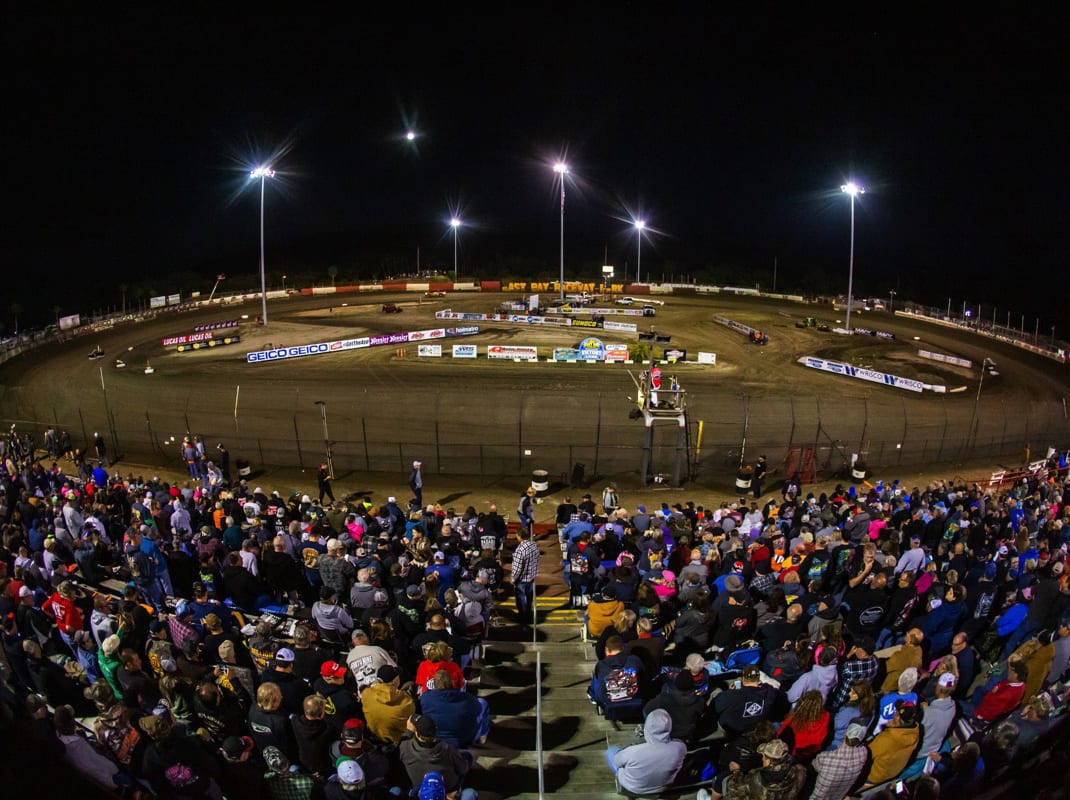“We had to get it right,” Bolter said. “I feel we’re ready now. The interest has been overwhelming since we did our release back in December. We’re solving a needed problem. We’ve been able to come in and invest the time to understand all sides to where we digitize the process, be legal and check everyone’s boxes.”
While the goal is to speed up the process for those arriving to the facility, the track receives an added bonus.
“On the track side they can build a database of participants that came in the gate and bought a pit pass from our platform,” Bolter said. “They can use that data to keep the (fan) engaged in the race track.”
Another benefit is the long-term archival of the waivers.
“They are stored electronically in multiple places in the cloud,” Bolter noted. “If any track operator ever had to produce a waiver because of an injury … they are pretty exposed if they can’t produce that waiver.”
MyRacePass has also been a leader in developing race management systems that not only combine multiple aspects of promoting a track or a series but can guide an operator through the process.
“We created a race management system to make lives easier for promoters,” Holt said. “It started when we first started doing websites. There was a need for a company like ours for what racers needed and race tracks needed.
“Before, the scorers would score the race and people would wait for National Speed Sport News to get the race results in the mail,” Holt added. “With the internet people can get results fairly quickly. I call it the Twitter effect where people want it now. They want lineups now. They want results now. They want point standings now. What MRP has been able to do is turn the scoring personnel into a marketing person at the track. It gets pushed out through the MRP app and the entire MRP network, which includes nearly 1,000 websites, thousands of driver websites and profiles.”
From the advent of websites came the opportunity for online ticket sales.
“A lot of the stuff we talked about 12 years ago — we started in January 2008 — we’re seeing happen today,” Holt said. “The hard part was how do we get the promoters, drivers, fans. People have to learn how to adapt to technology as well. Online ticket sales was an idea in 2009 and 2010. We did it for LoneStar Speedway in 2010. It was so new it didn’t take off. The key is to release things at the right time. When the industry is ready for us to grab ahold of another thing, then we’ll launch it.
“Technology changes so fast it’s hard to stay ahead of it. When you buy a new computer a month later a new version comes out that’s bigger, faster, stronger and cheaper,” Holt continued. “We thought it’d be cool to make a social network for racing. We needed people on board and that’s why we started doing the websites. The industry needed a web company, but that wasn’t the first goal.
“We couldn’t just launch our ticket platform without having a client base. Once we had a certain number of tracks using our software then we could introduce our ticket platform. You learn more from technology than you can use. It helps shed some light on what you can actually do. That’s been the biggest thing for us is just staying ahead of it. Since the MRP network is as broad as it is, what is the next thing we can do to help the drivers, help the tracks, help the fans?”
Johnson claims the technology has saved Jackson Motorplex money.
“Our backgate check-in process, to scoring, to publishing to social media as the race results happen have been seamless and very efficient,” he said. “We can probably do that with one person where before it’d take three or four people.”
An app is the latest piece of technology that MyRacePass is focused on to improve the experience for fans, drivers, tracks and series.
“We might have well over 100,000 people on the app and that number will double in the year,” Holt said. “The growth rate we’ve had on users has been exponential. Every month it’s bigger. Our goal is to help engage the race fan. Maybe at the end of this year you’ll see some fun ways to interact with the competition inside the MRP app. We’re trying to build that engagement. Engaged customers spend money. They are buying T-shirts and buying hot dogs. At the end of the day we’re trying to engage the race fan.”
The digital age has forced race tracks, series and drivers to electronically adapt and embrace technology. With so many options for entertainment in each community, the experience becomes the deciding factor in not only how often a spectator supports a track, series or driver, but also the perception that is pushed on social media.
